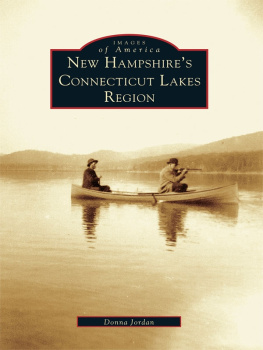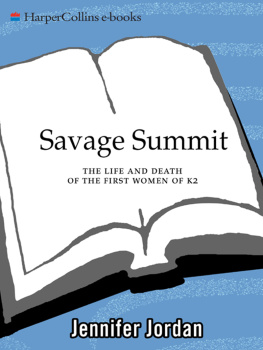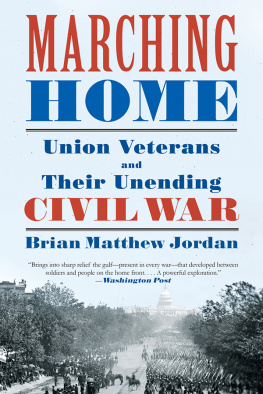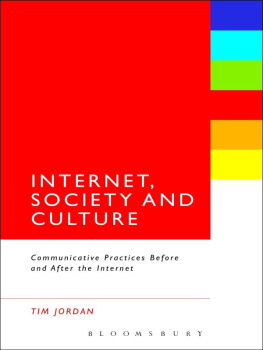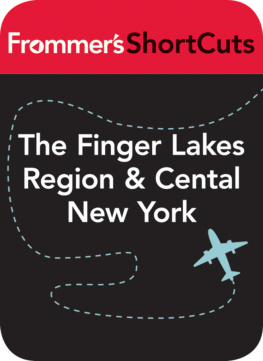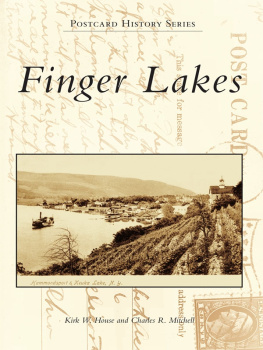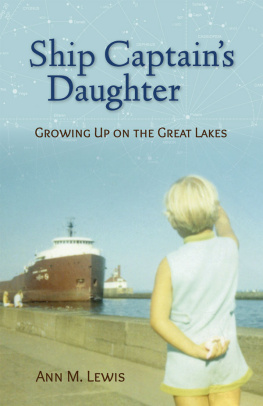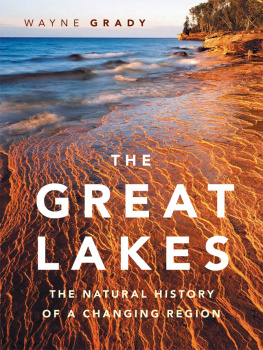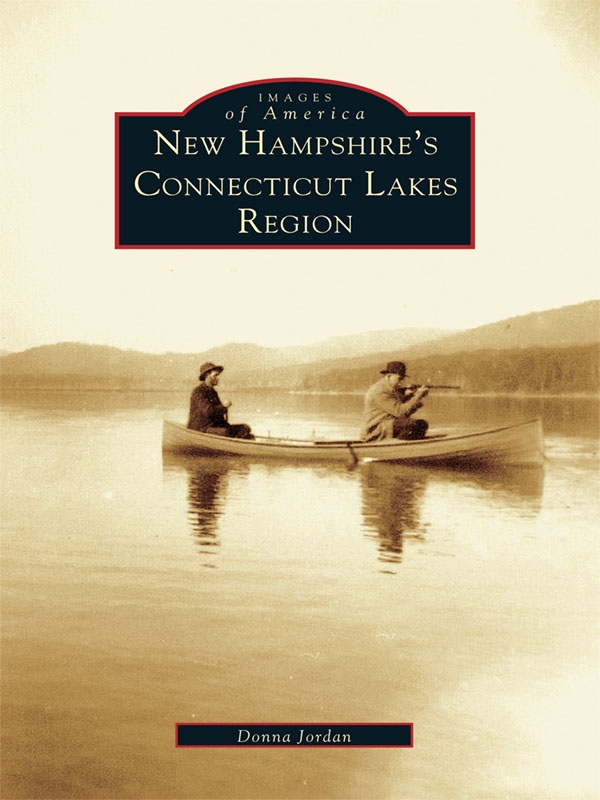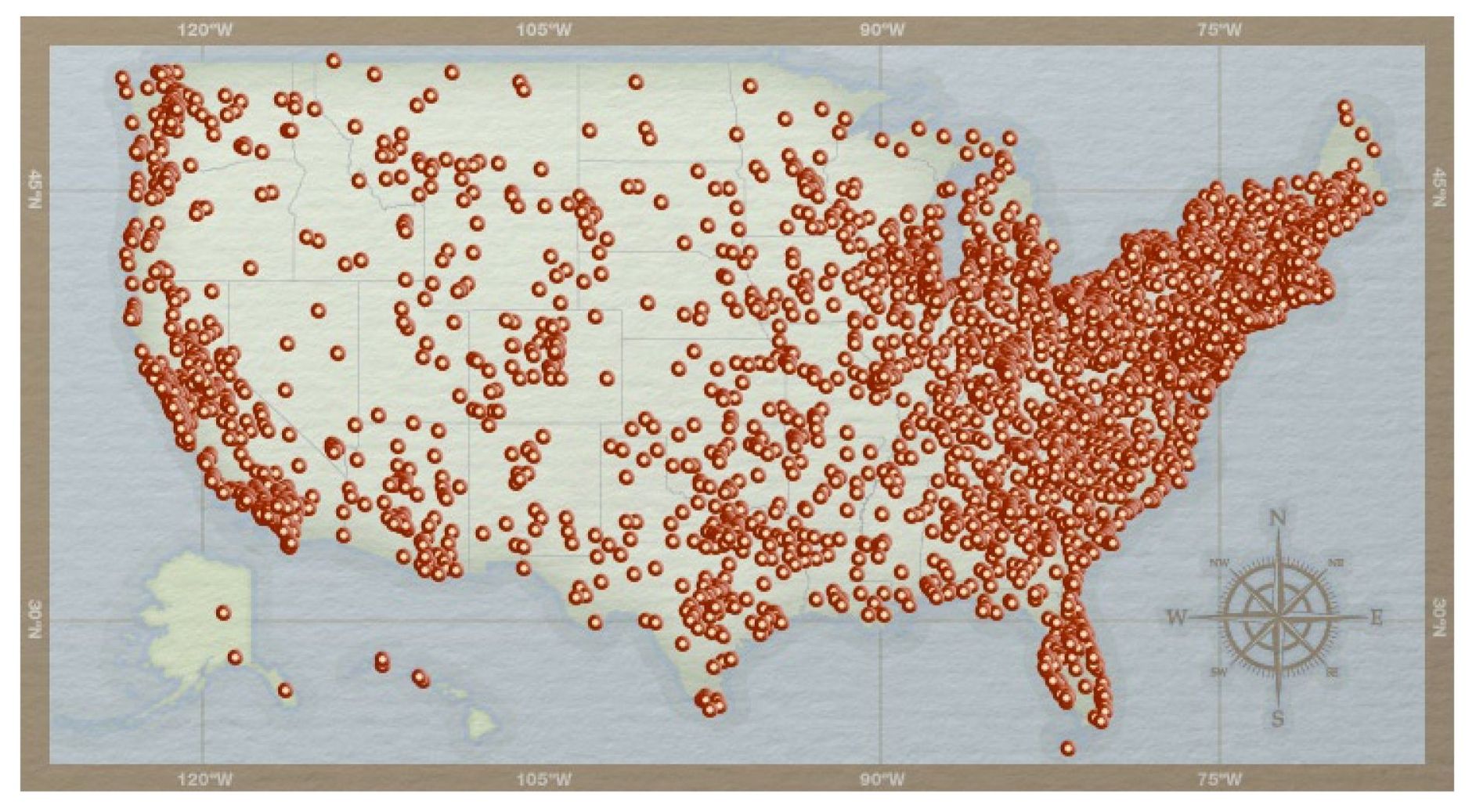ACKNOWLEDGMENTS
I wish to acknowledge Carolyn Drew and Robert Gray of the Pittsburg Historical Society, who spent a raw, rainy November day in the unheated Pittsburg Historical Society Museum poring over photographs with me, making recommendations, and helping to write notations. The warm cup of coffee in Moriahs Restaurant, just up the road from the museum, warmed our souls even more as, together, we became more excited about this book project.
John T. Amey, born and raised in Pittsburg, has a true appreciation for his hometown and its history. Many of the photographs in this book are from a collection he found stored inside a wooden box in his attic, along with various newspapers and magazines of the time. Johns home had been built by Augustus and Sarah Blanchard in the late 1870s, and their interest in preserving their lives through glass negatives lives on thanks to Johns interest in preserving them. Johns permission to reproduce them in this book is equally appreciated.
The late Katherine Fogg reached out to me with her vast knowledge of Pittsburg history through her daughter, Muriel Dobson. Katherine spent her entire life in Happy Corner, near Day Road, above Pittsburg village, and she was on the board of directors for the Pittsburg Historical Society. Her research of the towns history, which she published in an article in Outlook magazine in the winter of 1977, was a valuable resource.
Ed Sanders in Lancaster provided me with an in-depth look at the history of logging via his Web site, www.greatnorthwoods.com , and it is a testament to his appreciation of history that such an article can exist for everyone to access with the 21st-century technology known as the World Wide Web.
I must also acknowledge my staff at Northern New Hampshire Magazine, the Colebrook Chronicle, and the Lancaster Herald, for they were patient when I furrowed my brow and set aside time to focus on the book during work days. They also provided a modicum of support and interest.
And to my husband, Charles, who should be credited with inventing the meaning of the term history buff, I offer a big thank-you for his support and advice. He has great foresight with regards to anything that can possibly be seen as being of historic significanceI especially appreciated his old newspaper collection. Our son, Tommy, deserves recognition here as well. Tommy became a teenager this year and has been with us through the entire life of our publishing business. He has been alongside us as we witnessed fast-spreading fires demolish historic districts, barns, and homesteads. He has also witnessed the preservation and restoration of 200-year-old properties. Tommy is fortunate to have had this experience, and he will hopefully carry it into his adult years as he develops a respect and appreciation for the security, comfort, and understanding that the past can offer.
EARLY PITTSBURG TOWN STATISTICS
1860
Postmaster: David F. Hall; town clerk: Moody B. Haynes; selectmen: David Johnson, Samuel Dailey, and Sydney P. Luther.
1863
Postmaster: G.W. Blood; town clerk: Moody B. Haynes; minister of the Methodist church: Willis Straw.
1864
Postmaster: G.W. Blood; minister of the Methodist church: Willis Straw; town clerk: David Blanchard; selectmen: Ephraim C. Aldrich, David Blanchard, and R.W. Danforth.
1880
Population: 400; nearest railroad station: Colebrook (a distance of 17 miles); selectmen: C.J. Danforth, H.S. Shoppe, and J.H. Hawse; minister of the Methodist church: A.W. Brown; the only merchant in town: J.W. Baldwin; blacksmiths: Dennis Ledoo and J.H. Bacon; carpenters: George Washburn and E.C. Sawyer; coopers: Allen Rowell, L.H. Nutting, and O.B. Huggins; wheelwright: George B. Crawford.
1881
Population: 581; nearest railroad station: Colebrook (a distance of 17 miles); selectmen: C.S. Holmes, M.B. Haynes, and William H. Tibbetts; minister of the Methodist church: J.L. Wesley; the only merchant in town: J.W. Baldwin; blacksmiths: Dennis Ledoo and J.H. Bacon; carpenter: George Washburn; coopers: Allen Rowell, L.H. Nutting, and O.B. Huggins; wheelwright: George B. Crawford.
1899
Population: 669; nearest railroad stations: Beecher Falls, Vermont (a distance of 9 miles), with a stage six times per week, and West Stewartstown (9 miles): selectmen: F.H. Washburn, J.I. Hilliard, and A.J. Holmes; minister of the Methodist church: W.S. Frye; merchants: F.W. Baldwin, J.W. Baldwin, and A.K. Danforth; blacksmiths: W.A. Chase, D. Ladoo, and Peter Mousseau.
EARLY CLARKSVILLE STATISTICS
1860
Postmaster: E.K. Young; town clerk: John Keysar; selectmen: Israel W. Taylor, Josiah Young, and John Keysar.
1863
Postmaster: P.C. Robie; town clerk: John Keysar; selectmen: John Keysar, Josiah Young, and A.J. Barnett.
1864
Postmaster: P.C. Robie; town clerk: Edmund K. Young; selectmen: Edmund K. Young, Josiah Young, and A.J. Barnett.
1880
Population: 269; nearest railroad station: North Stratford, with a stage twice a week; town clerk: J.W. Young; selectmen: Josiah Young, Charles Young, and J. Munn; postmaster: P.C. Robie; manufacturers: J.M. Crawford (carriages) and John Keysar (starch); carpenter: Arthur Aldrich; masons: L.A. Felton and F. Pearsons.
1881
Population: 328; nearest railroad station: North Stratford, with a stage twice a week; town clerk: Charles Young; selectmen: Josiah Young and Charles Young; postmaster: C.W. Wiswell; manufacturers: J.M. Crawford (carriages) and John Keysar (starch); carpenter: Arthur Aldrich; masons: L.A. Felton and F. Pearsons.
1899
Population: 325; nearest railroad station: Beecher Falls, Vermont; town clerk: I.G. Young; selectmen: Horace Comstock, D.F. Hall, and Willis E. Young; postmaster: W.E. Young; society: Clarksville Grange, Patrons of Husbandry; manufacturers: Romance Richards (blacksmith) and I.G. Young (cheese maker).
Find more books like this at
www.imagesofamerica.com
Search for your hometown history, your old
stomping grounds, and even your favorite sports team.
One
LOGGING
Perhaps the best way to explain the business of logging would be to visit an old-time logging camp of the late 1890s, owned by one of the largest and best-known lumber companies, the Connecticut River Lumber Company. The company was chartered under the laws of the state of Connecticut in 1879 and had 250,000 acres, more or less, of lumber land. The Honorable Asa Smith of Hartford, Connecticut, was the companys first president and a pioneer in the lumber interests of this part of the state. After fours years of service, he resigned and was succeeded by George Van Dyke of Lancaster. An article on this camp was published in the February 1896 issue of Granite Monthly and was written by Rev. Orrin Robbins Hunt. He camped for 10 successive sessions, during the months of August and September, on the western shore of the Second Connecticut Lake with the men of the company. He ultimately pulled the latch-string, he wrote of Samuel Watts, the business manager and treasurer of the company, for winter quarters in one of the logging camps. Hunt noted that 10 years earlier, Watts had taken him on a buckboard into the woods to see the men at work, when Watts was a hostler for the company.
When he arrived at the camp, Hunt was introduced to the boss, Clarence Robey, and to the cook and cookee. Boys, said Watts, I have brought this fellow in to live with you this winter and keep you straight. Feed him well, and let him do as he pleases, and you will have no trouble. The cookee then offered Hunt the use of his bunk to sleep in while cookee proceeded to wrap himself in his blanket and lie on the floor.

